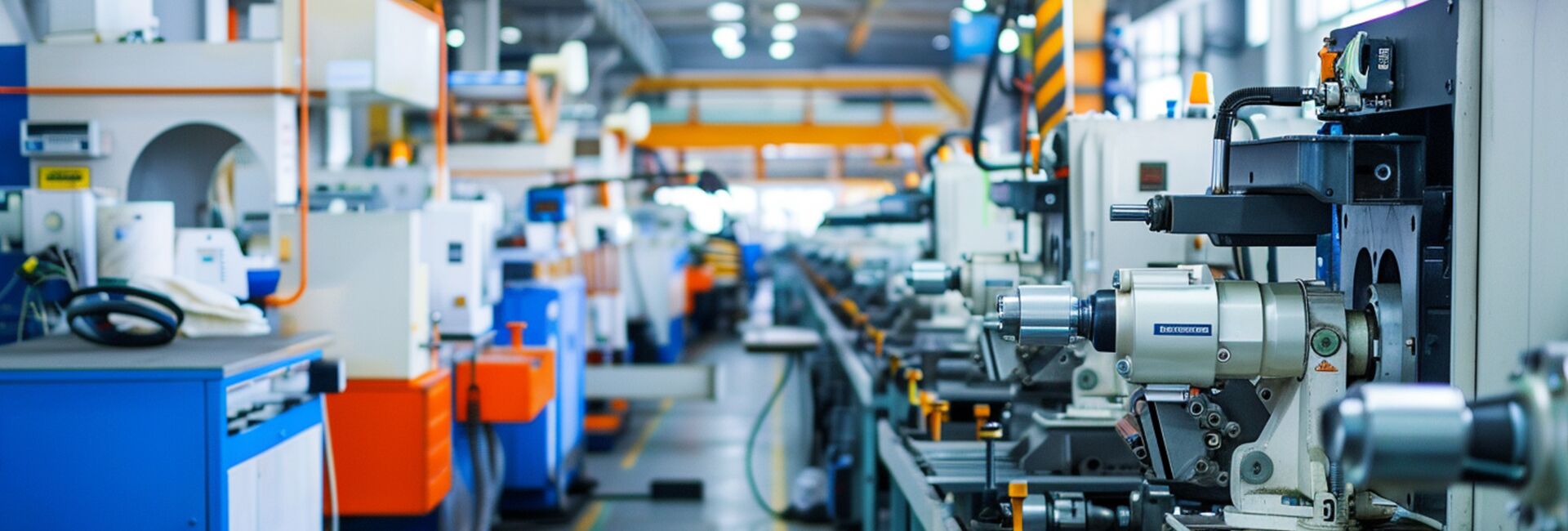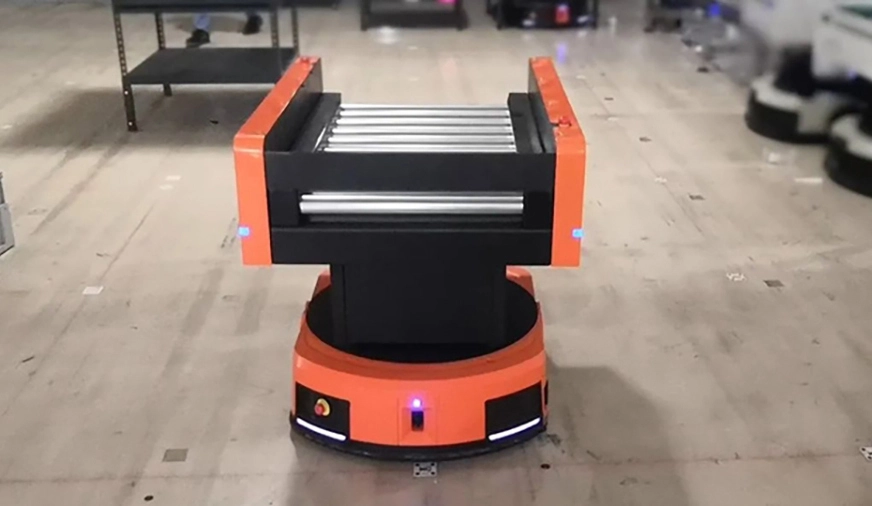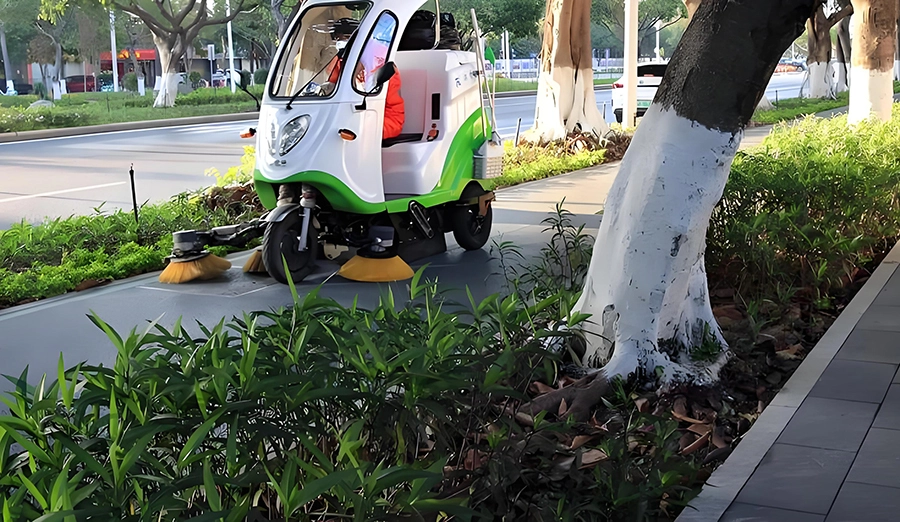
WIRELESS CHARGING IN THE NEWS
When power inspection robots shuttle between high-voltage substations and transmission corridors, every charge may become a breakpoint in efficiency and a safety hazard. Charging technology, this invisible "energy lifeline", is profoundly influencing the depth and breadth of the implementation of intelligent inspection. What is the current situation of the industry? What are the pain points? Where is the way to break the deadlock?
The current mainstream charging methods are in a tripartite confrontation, each with its own constraints
Contact-type charging piles (mainstream but with obvious pain points)
Principle o: The robot connects to the charging pile through physical metal contacts (slip rings or pins) to achieve electrical energy transmission.
Advantages: Mature technology, relatively low cost, and high efficiency.
o Sharp pain point:
High safety risk: In high-pressure, humid and dusty environments, metal contacts are prone to generating sparks and arcs, posing an explosion risk! When manually plugging and unplugging, operation and maintenance personnel are exposed to dangerous areas.
The reliability of the device is worrying: the contacts are prone to oxidation, wear and dirt accumulation, resulting in poor contact, high charging failure rate and frequent maintenance.
The alignment accuracy of the camera is extremely demanding: The robot needs to dock with extremely high precision (at the millimeter level), and complex terrain or navigation deviations can easily lead to docking failure.
Poor flexibility: The fixed position of the charging piles restricts the robot's working path and rest point planning.
2. Plug and unplug charging (manually dependent type, gradually phased out)
Principle o: It completely relies on manual plugging and unplugging of the charging plug to charge the robot.
Current situation: It exists in early applications or specific low-cost scenarios, but is being rapidly replaced due to its serious violation of the original intention of "unmanned operation".
Core pain points:
The labor cost is high: It requires dedicated personnel to stand by and operate, and it is impossible to achieve 7x24-hour unmanned inspection.
Low efficiency: The robot needs to interrupt the task and return to a fixed point, waiting for manual operation.
The greatest safety hazard is the frequent entry of personnel into high-risk areas, which poses extremely high risks of electric shock and misoperation of equipment.
3. Wireless charging (Magnetic resonance technology, Future Star) :
Principle o: By using magnetic resonance coupling (not electromagnetic induction), the transmitting end and the receiving end transmit energy over a distance at the same resonant frequency (the effective distance is usually 0-10cm).
Current situation: The technology is maturing rapidly, and its application ratio in new or upgraded high-end inspection projects has significantly increased, being regarded as a key solution to industry pain points.
The advantages of o are beginning to emerge: no physical contact, intrinsically safe, large alignment tolerance, flexible deployment, and support for fully automatic charging.
Current challenges: The system cost is relatively high, the standards have not been fully unified yet, and the market penetration rate is still in the climbing period.
Core industry demands and urgent pain points to be addressed: Calling for a "safe, unmanned, and reliable" energy network
The demand for charging technology of inspection robots in the power industry is closely tied to its strategic goal of intelligent and unmanned operation and maintenance, and is mainly reflected in the following pain points and desires:
1. Safety first, no time to lose
Pain points: The spark risk of contact charging and the personal safety risk of manual plugging and unplugging are unbearable burdens for power grid enterprises. Any safety accident in the charging process may cause significant losses.
Requirement: Absolutely safe charging method! It is required to completely eliminate the risks of sparks and arcs and achieve physical isolation between personnel and high-voltage environments. Wireless charging (magnetic resonance) has become the preferred answer for safety needs due to its "contactless" feature.
2. Unattended, efficiency reigns supreme
Pain points: The alignment difficulty of contact charging and the reliance on manual labor for plugging and unplugging charging seriously restrict the autonomy and work efficiency of robots. Frequent charging failures or manual intervention make the "unmanned inspection" not live up to its name.
Demand: True "zero intervention" fully automatic charging! The robot needs to be capable of providing energy replenishment autonomously, reliably and anytime and anywhere. Wireless charging combined with precise navigation is the key to achieving an efficient cycle of "charging upon task completion and setting off upon full charge".
3. High reliability and maintenance-free
Pain point: Oxidation, wear and dirt on contact points lead to a high failure rate and an increase in maintenance costs. In the harsh environment of the power industry, stability is of vital importance.
o Requirement: Super strong environmental adaptability, extremely low maintenance requirements! The charging system needs to be able to resist dust, moisture, oil stains and electromagnetic interference. Wireless charging has no exposed contacts and naturally offers higher reliability and durability (IP65+ protection).
4. Flexible deployment and cost optimization:
Pain point: Fixed contact posts limit the working range of the robot and have poor scalability. The initial investment and long-term maintenance costs need to be comprehensively considered.
o Requirement: More flexible deployment of charging points and a better TCO (Total Cost of Ownership)! Wireless charging piles can be more conveniently integrated into rest stops or deployed at key nodes along the path, supporting better inspection strategies. With large-scale application, the reduction in maintenance costs and the improvement in efficiency brought about by its long-term reliability are highlighting its comprehensive cost advantage.
The key to breaking the deadlock: Wireless charging (magnetic resonance) leads the energy revolution in intelligent inspection
The pain points in the industry are clear and the demand is urgent. Wireless charging solutions centered on magnetic resonance technology, with their core advantages of contactless intrinsic safety, centimeter-level free alignment, high environmental robustness, and support for fully automatic operation, are becoming a key force to break through the "charging life and death line".
The WIRELESSPT power inspection robot wireless charging solution reshapes the unmanned inspection energy logic with its "contactless and zero-spark" safety features. In high-risk scenarios such as substations and coal conveying pipe galleries, robots can be charged immediately after stopping. A 15-minute fast charge supports continuous operation for 2 hours, increasing inspection efficiency by 57%. The IP67 waterproof, dustproof and explosion-proof design completely eliminates the short-circuit risk caused by moisture and dust, and eliminates the spark hazard of traditional contact charging, reducing the annual maintenance cost by more than 200,000 yuan. The power supply coil is dynamically matched through the intelligent positioning system, supporting parallel charging for multiple robots and being compatible with various energy storage devices such as lithium batteries and supercapacitors. With ten years of technological accumulation, Yucheng Space-Time provides "all-weather and interference-free" wireless charging infrastructure for fields such as power grids, petrochemicals, and mines, promoting the in-depth evolution of the intelligent boundary of inspection towards unmanned operation.
It is not only an upgrade in technology, but also the cornerstone for the advancement of power inspection towards deeper unmanned operation, intelligence and high reliability. Embracing wireless charging is to build a safe, smooth and efficient "energy lifeline" for power inspection robots, unleash the unlimited potential of intelligent operation and maintenance, and truly usher in a new era of "never power outages" for power grid security protection!
Choosing wireless charging means choosing to lay a safer, freer and more reliable energy channel for the future of intelligent inspection!







